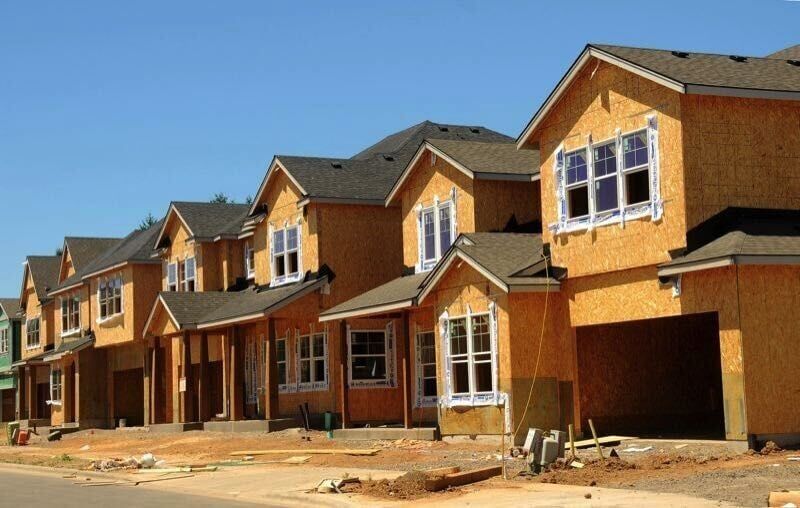Oregon’s housing crisis: Owning a home is becoming more and more impossible, new report shows
Published 2:08 pm Monday, November 25, 2024

- Housing market
Oregon is grappling with a housing crisis of historic proportions, according to a newly released report from the state’s Housing and Community Services Agency.
Trending
The report, released Nov. 21, paints a stark picture of Oregon’s housing market — with skyrocketing costs and more and more people unable to afford a home of their own.
The report attributes much of the state’s housing woes to rapid population growth, which housing construction has not kept pace with. Since 2003, Oregon has added more than 753,000 residents, a 21% increase. However, housing construction has lagged significantly during that same period.
The report estimates Oregon must build more than 500,000 homes over the next 20 years. Without this critical expansion, the housing supply is unlikely to meet the needs of current and future residents.
“Even if Oregon were to match the national average in production rates, it would still need more housing stock,” the report reads. “Comparisons with the broader U.S. underscore the severity of Oregon’s housing crisis. Housing affordability continues to decline nationwide, exacerbating challenges in Oregon, which remains one of the least affordable states in terms of cost burden and homelessness.”
Housing Costs Outpace Wages
Affordability remains the major challenge for Oregonians looking to purchase a home, with prices far outstripping wage gains over the past decade. For every dollar earned in wage increases between 2013 and 2022, the median home price rose by $7.10, according to the report.
This affordability gap disproportionately impacts communities of color, the report said, whose homeownership rates lag far behind those of white households.
Renters are also feeling the pinch. Over half of all renters, along with one-third of homeowners, are spending more than 30% of their income on housing. Rising rents have eroded much of the wage growth renters experienced in recent years, with more than 50 cents of every new dollar earned going toward rent increases, according to the report.
The report highlights a stark disparity in housing availability for low-income families. Approximately 242,000 households in Oregon fall into the extremely low- or very low-income categories. However, the state offers just 113,000 housing units that are affordable and available to these households, leaving tens out thousands on the brink of financial instability, eviction, and homelessness.
Oregon ranks third in the nation for homelessness when adjusted for population size, with more than 20,000 people experiencing homelessness in 2023. The report also reveals that the state leads the nation in unsheltered homelessness among families with children, with a rate 14 times the national average.
The state has made some progress in addressing homelessness, increasing shelter capacity in recent years and providing more rent assistance to prevent evictions. However, the report warns that these measures are insufficient without sustained investment and coordinated action at all levels of government.
“(Oregon Housing and Community Services Agency) cannot solve the deeply entrenched issues facing the people of Oregon on its own,” the report concludes. “There are factors beyond housing that are impacting the ability of individuals to thrive in today’s economy, and it will take coordination and collaboration with our federal partners, other state agencies, and cities, both large and small, to find ways to ensure housing stability for all Oregonians.”





